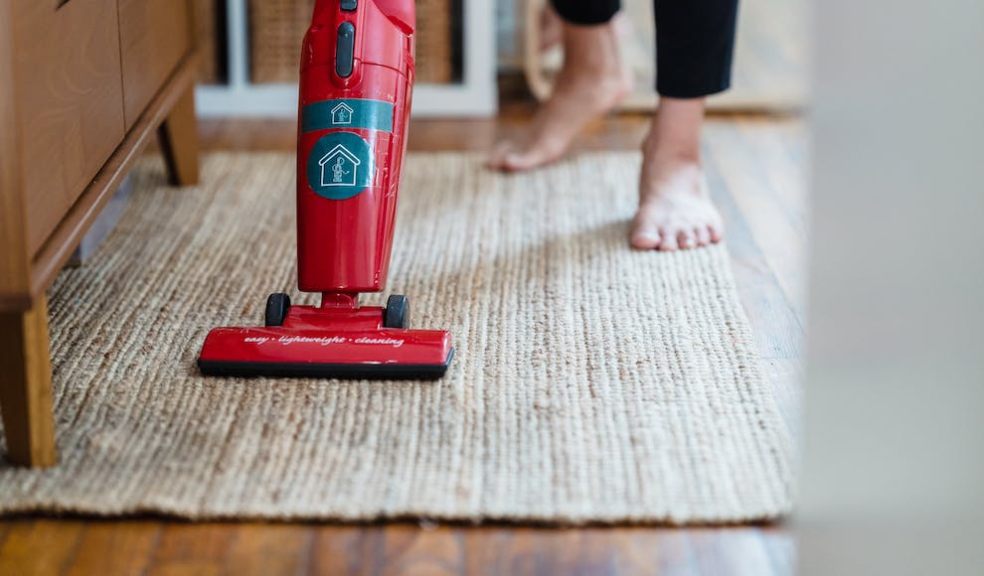
6 Easy Ways to Improve Indoor Air Quality
Indoor air quality is a critical aspect of our daily lives, significantly impacting health and well-being. With the majority of people spending a considerable amount of time indoors, it's vital to ensure that the air we breathe is clean and healthy. Here are six easy ways to enhance the air quality in your home or office.
1. Maintain a Clean Environment
Regular cleaning is the first step in improving indoor air quality. Dust, pet dander, and other particles can accumulate on surfaces and in carpets, contributing to poor air quality. Vacuuming carpets and upholstery weekly, using a vacuum cleaner with a HEPA filter, can significantly reduce indoor pollutants. Additionally, regularly dusting surfaces and keeping your home decluttered minimises the accumulation of dust and allergens.
2. Control Humidity Levels
Maintaining appropriate humidity levels is crucial in preventing the growth of mould and mildew, which can detrimentally affect air quality. Ideally, indoor humidity should be kept between 30% and 50%. This can be achieved by using dehumidifiers and air conditioners. In areas with persistent dampness, like basements, it's advisable to seek professional mould removal services to tackle any existing problems and prevent future growth.
3. Enhance Ventilation
Improving ventilation is a straightforward yet effective way to enhance indoor air quality. Regularly opening windows and doors, when weather permits, allows fresh air to circulate and helps dilute the concentration of indoor pollutants. For homes in urban areas or places with poor outdoor air quality, consider installing trickle vents or using mechanical ventilation systems with air filtration to ensure a constant supply of clean air.
4. Use Natural Cleaning Products
Many conventional cleaning products contain harsh chemicals that can release volatile organic compounds (VOCs) into the air, deteriorating indoor air quality. Opting for natural, non-toxic cleaning products or homemade solutions like vinegar and baking soda can significantly reduce the presence of harmful chemicals in the air. Furthermore, being mindful of the ingredients in air fresheners and opting for natural alternatives can also make a difference.
5. Introduce Indoor Plants
Indoor plants not only add aesthetic value to a space but also play a role in purifying the air. Plants like spider plants, snake plants, and peace lilies are known for their air-purifying abilities, helping to remove common pollutants such as formaldehyde and benzene. However, it's important to avoid over-watering plants as this can lead to mould growth, which counteracts their air-purifying benefits.
6. Regularly Change Air Filters
Regular maintenance of heating, ventilation, and air conditioning (HVAC) systems is crucial. This includes routinely changing air filters, which trap dust, pollen, and other airborne particles. Dirty filters not only reduce the efficiency of these systems but also contribute to poor indoor air quality. It's recommended to change filters every three months or more frequently if you have pets or live in a high-pollution area.
A Fresh Perspective
In conclusion, improving indoor air quality is not only achievable but also essential for a healthier living environment. Simple measures like maintaining cleanliness, controlling humidity, enhancing ventilation, choosing natural products, incorporating indoor plants, and regular HVAC maintenance can make a significant difference. By implementing these strategies, you can create a fresher, cleaner, and more healthful indoor atmosphere, ensuring that every breath you take is a step towards better health and well-being.













